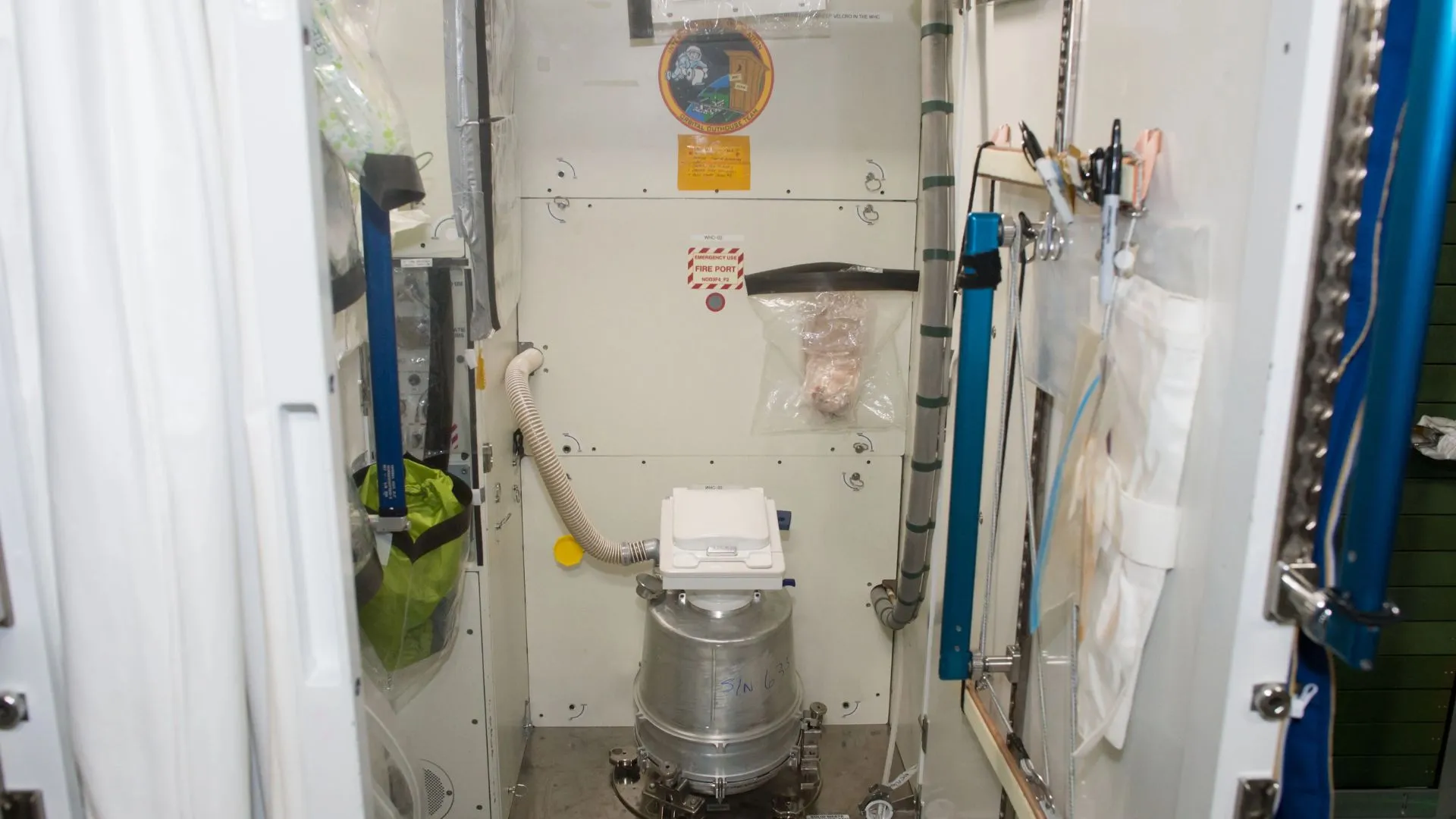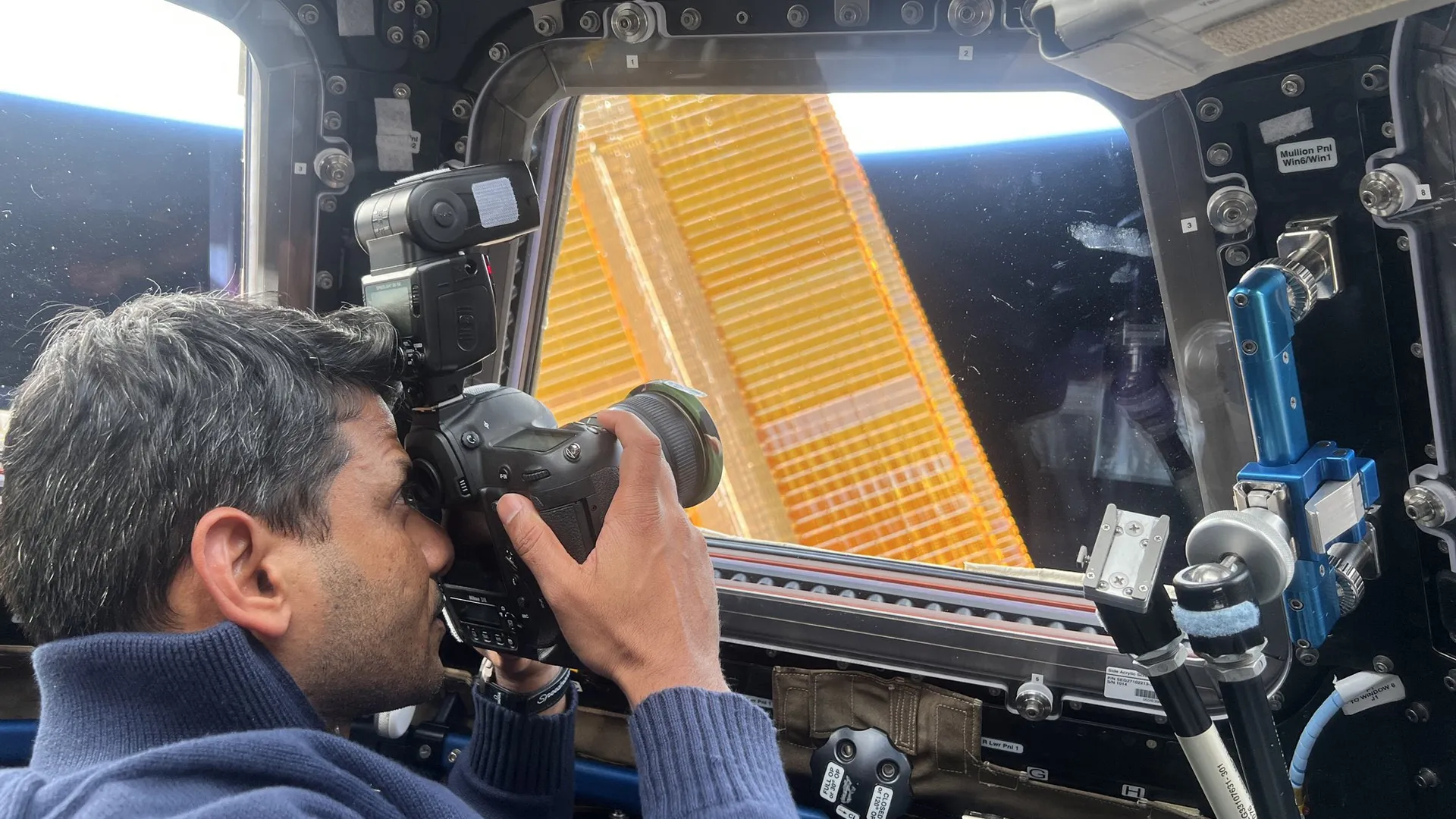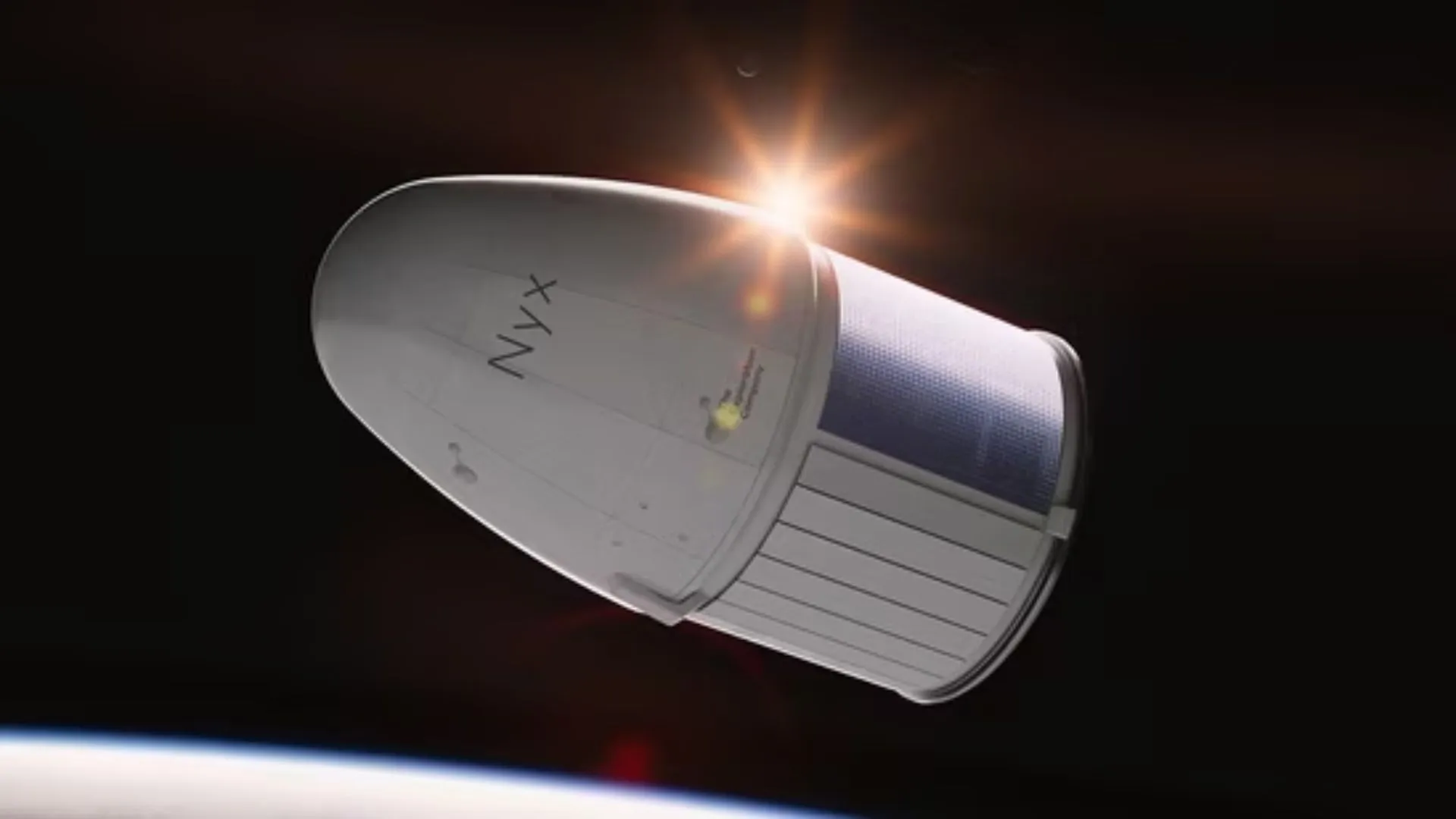When Indian astronaut Shubhanshu Shukla looks down at Earth from the International Space Station (ISS), he’s bordered by hundreds of quiet challenges of orbital living one of the most basic being waste disposal. Although the idea of drinking water recycled from urine and sweat may seem distasteful on Earth, it’s just business as usual aboard the ISS.
Water is a very precious commodity on the ISS. With no natural water sources in space and only minimal supplies sent from Earth, each drop counts. It’s for this reason NASA has equipped the station with an upgraded Water Recovery System (WRS) that recycles and cleans water from the urine, sweat, and even the moisture the astronauts exhale.
This multi-step technique uses complex filtration, chemical purification, and treatment technologies to make the water completely safe for consumption. Interestingly, NASA regularly points out that water recycled on the ISS is purer than many individuals drink on Earth.
There’s still one line current technology cannot reach, though recycling human feces. While urine is processed into something that can be used, solid waste isn’t.
What Happens to Poop in Space?
Human waste and solid trash are bagged in sealed plastic bags, which are bagged in special trash canisters. The trash canisters are stored in a trash storage compartment on the ISS until they can be jettisoned.
About every 90 to 30 days, a supply spacecraft docks at the station to bring new supplies. Before departing, astronauts fill it with bags of trash, including feces and organic waste. These trash-carrying vessels are deliberately steered to disintegrate upon entry into Earth’s atmosphere, incinerating everything on board long before it would ever have a chance to hit the ground. This incineration is the modern standard for disposing of human waste aboard the ISS.
How Astronauts Handle Vomiting in Microgravity
It’s not easy to adjust to living on-orbit. Most astronauts get space adaptation syndrome which is basically motion sickness in zero gravity particularly on their first few days in space. This illness can lead to nausea, headaches, lethargy, and vomiting.
To address this, astronauts also carry with them specially designed ‘space sickness bags’, or barf bags, that are lined with absorbent to stop leaks and can be sealed tightly when done. Similar to the flushing of feces, these sealed bags are disposed of along with other waste and ultimately loaded onto burn-up cargo ships.
Will Poop Ever be Recyclable?
While feces are now burned to a crisp, NASA is working on recycling it. In efforts such as the Lunar Loo Challenge, NASA has encouraged scientists, engineers, and entrepreneurs globally to come up with a system that can convert human waste feces, urine, and vomit into usable resources such as water, energy, or fertilizer.
With a $3 million (approximately Rs 25–26 crore) prize, this challenge hopes to develop sustainable life-support systems essential for long-term occupation of the Moon or Mars, where resupply missions from Earth would be infrequent, and recycling must be used for survival.























